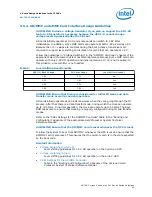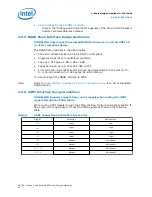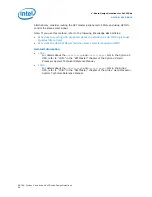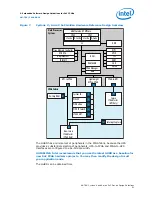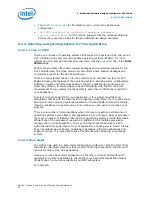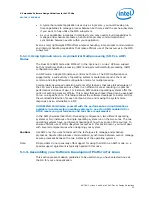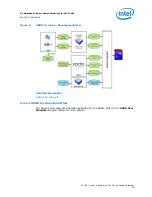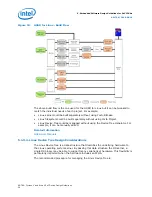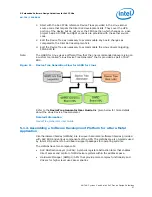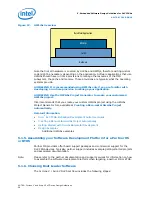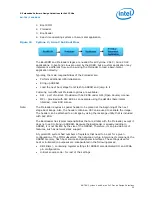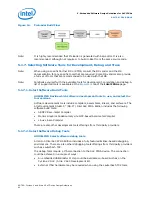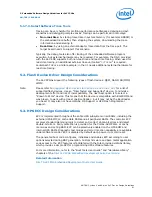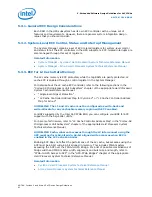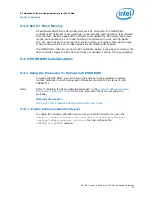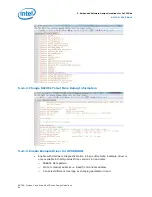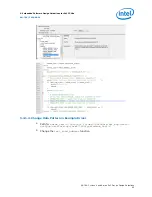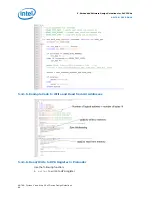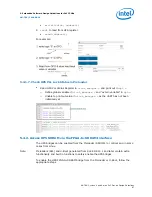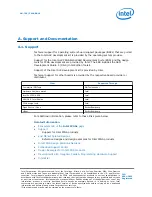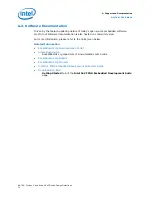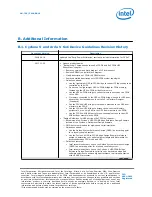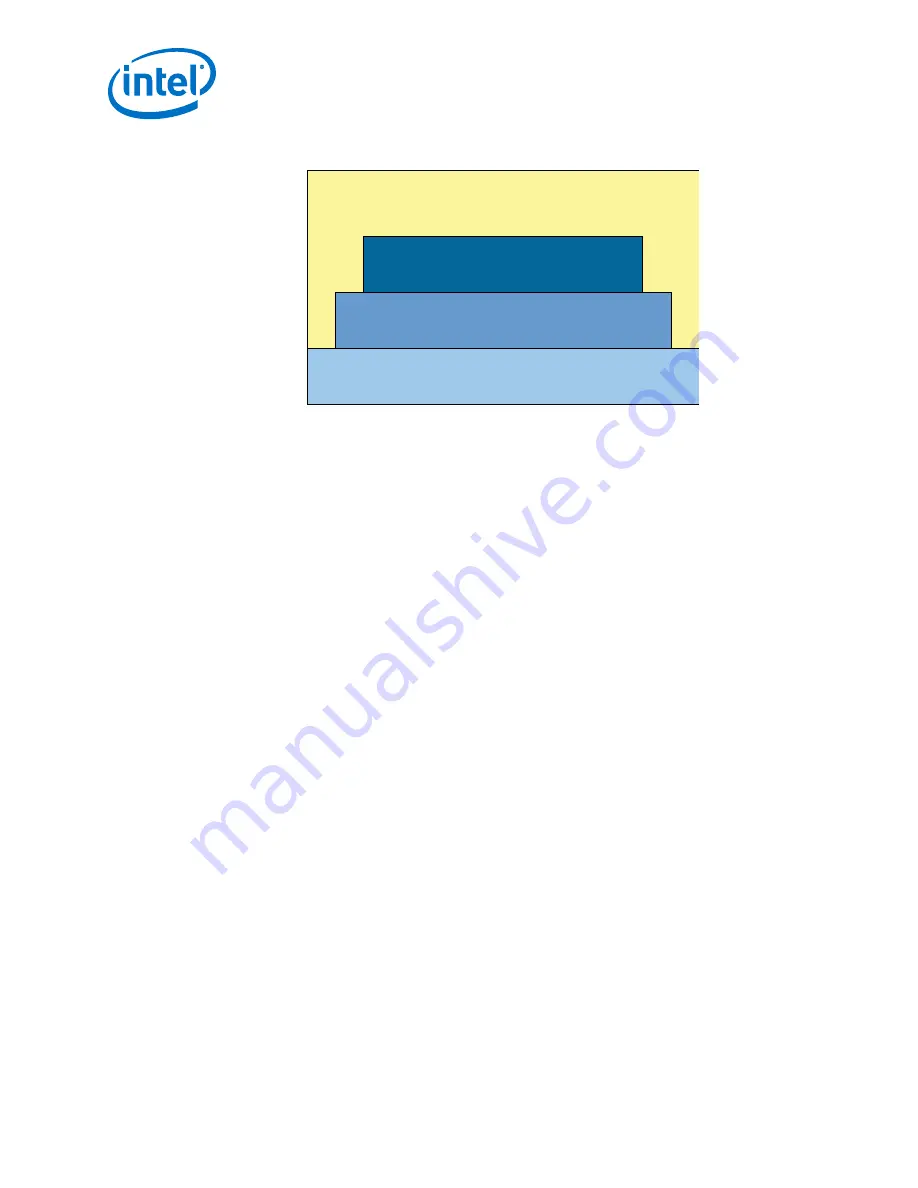
Figure 12.
HWLibs Overview
Bare Metal Application
HWMgr
SoCAL
Hardware
Note that not all hardware is covered by SoCAL and HWMgr, therefore writing custom
code might be necessary depending on the application. Software applications that use
HWLibs should have run time provisions to manage the resources of the MPU
subsystem, the cache and memory. These provisions are typically what the operating
systems provide.
GUIDELINE: It is recommended using HWLibs only if you are familiar with
developing a run time provision to manage your application.
GUIDELINE: Use the HWLibs Project Generator to create your customized
HWLibs project.
Intel recommends that you create your custom HWLibs project using the HWLibs
Project Generator tool, available at
Creating a Bare-metal HwLibs Project
.
Related Information
•
®
SoC FPGA Embedded Development Suite User Guide
•
Creating a Bare-metal HwLibs Project Automatically
•
Getting Started with HwLibs Baremetal Development
•
Additional HWLibs examples
5.1.5. Assembling your Software Development Platform for a Partner OS
or RTOS
Partner OS providers offer board support packages and commercial support for the
SoC FPGA devices. Typically, partner support includes example getting-started projects
and associated documentation.
Note:
Please refer to the partner documentation and support services for information on how
to assemble the software development platform when targeting a partner OS or RTOS.
5.1.6. Choosing Boot Loader Software
The Cyclone V / Arria V SoC boot flow includes the following stages:
5. Embedded Software Design Guidelines for SoC FPGAs
AN-796 | 2018.06.18
AN 796: Cyclone V and Arria V SoC Device Design Guidelines
58


